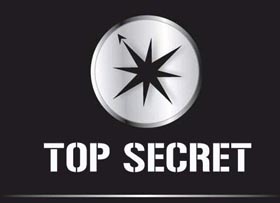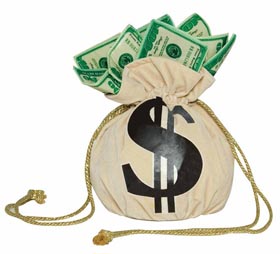Electric power is usually produced by electric generators, but can also be supplied by chemical sources such as batteries or solar.
In 1831 Michael Faraday discovered that magnets that move through metal wire close together had strange effects on each other.
In one experiment, he used an electric field to spin a magnet. That led to the invention of electric motors and generator.
It is this simple discovery which has led to today’s modern power stations.
In large power stations, huge magnets are turned inside vast coils of insulated metal wire.
It is here that the primary sources of the energy we use everyday come from.
You may remember the small bicycle dynamo’s we all had on our bicycles as kids. The bicycle dynamo is an electrical generator that produces direct current to power a small light bulb. (It is nothing but a magnet that spins inside a metal wire coil. The bicycle wheel spin the magnet.
Dynamos were the first electrical generators capable of delivering power for industry, and the foundation upon which many other later electric-power conversion devices were based upon.
This includes the electric motor, the alternating-current alternator, and the rotary converter.

Today, this simple alternator dominates large-scale power generation. Today steam (water heated with coal), fossil fuels, nuclear power, wind, etc power the “dynamo’s”.
Transmission means to “to transmit” which means to send something from one place to another. In this case electricity.Usually all power stations in one country are linked by transmission lines.

Transmission lines send the electricity through thick aluminium and copper wires throught an entire country or even across borders. The network of transmission lines is called The National Grid.
All cities and towns are links to the national grid and so is your home. THAT is how electricity gets to your home hundrets or even thousends of miles away! The next time you switch on the electric light remember that it was only a moment ago that the electricity you now what “made”.



